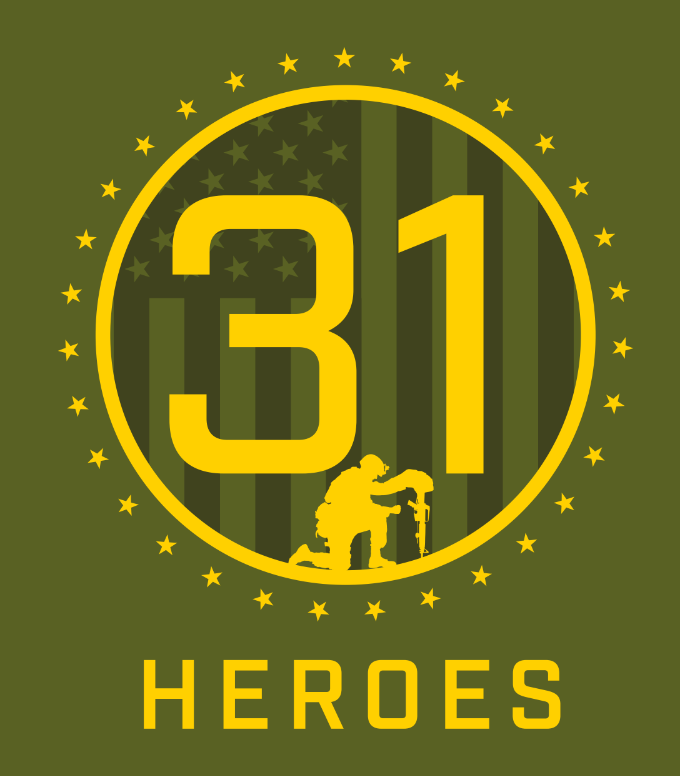Stick Stringing Guide
There are many options to consider when stringing a lacrosse pocket. Remember to choose a style that suits your game and your needs. Different playing styles, ability levels, and positions benefit from different stinging styles, so it’s a regular part of any laxer’s program, to weave custom pockets into their sticks. This guide offers some general instructions for mesh stringing, as well as some popular pocket styles for you to try out.
Construction
Diamond Pocket
Tears in your diamond mesh occur normally over time, first in the sidewalls which sustain continual stress as the impact of the ball pulls the mesh against the sidewalls.
Hard-mesh
These pockets tend to allow for quick releases and a longer break-in than soft mesh. They offer a long life span and a reliable pocket shape.
String
Different strings will have different fraying effects on the mesh over time, as well, but leather string and shooting string tend to be the most resilient and gentle.
Sections
Top-string: attaches the mesh to the stick scoop.
Sidewalls Bottom-string: attaches the mesh to the throat.
Shooting strings: create the shape and contour of the pocket body.
Mesh Diamond Patterns
10-Diamond
- More stringing options
- Faster release
- Most common diamond pattern
6-Diamond
- More hold
- Slower release
- Good for defensemen
Other Mesh
- 5, 7, 8 Diamond – less commonly used but can be ideal for some players
- Canadian Mesh – twice as thick as a traditional mesh
Mesh Coating
Soft Mesh – Uncoated
- Easier to catch
- No break-in time
- Good for beginners
Hard Mesh – Coated
- More durable
- Can shape pocket better
- Most common mesh
- Good for all levels of play
Pockets
Low Pocket
Good for:
- Feeders
- One-handed carriers
- Defensive players
Mid Pocket
Good for:
- Shoot and run players
- Two-handed carriers
- Most common pocket
High Pocket
Good for:
- Shooters
- Fakes
Types of String
Sidewall
Strong braided nylon or polyester cord.
Top String
Thicker for durability.
Cross lace
Thinner for ease of use, often used for traditional stringing with leather.
Bottom String
For the Bottom String, you can use a Top String (which provides less friction with the mesh), a Shooter (which allows more give with the pocket), or a Sidewall (frequently used for ease of use).
Shooting String
Shooters are generally 33″ long laces. The top shooter can also be strung with a top string.
3 Straight
- Shooters pocket
- Strung for speed
- An original way to string shooters
2 Straight and V
- V helps guide the ball
- Adds whip and hold
- Most popular way
1 Straight and 2 V’s
- Most whip
- Least common stringing
Terminology
Channels/tracks (Pita and Corner Pockets)
Channels in the pockets give you the ability to roll The ball on a clean, consistent track. Channeled pockets offer a secure hold on the ball, as well. You should develop a consistent throw to derive the most benefit from this structure.
Whip (Hard Mesh and Perfect Pockets)
Whip refers to the ball’s lightness or ease in exiting the pocket. Too much whip can cause an unwieldy throw. The looser the pocket the greater the whip. The stiffer string helps reduce whip, but overall, pocket tightness is more effective.
Ball Retention (9-Piece Mesh)
Ball retention describes how well a pocket holds a ball, especially in complicated maneuvers. Looser pockets generally offer more ball retention, but then also increase whip.
